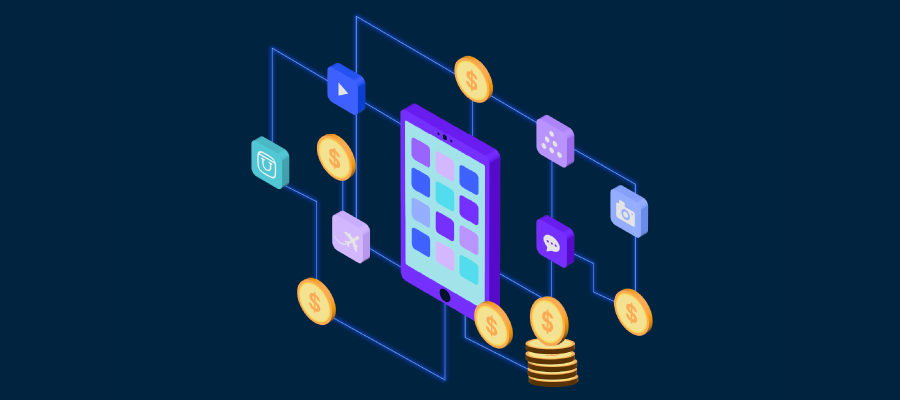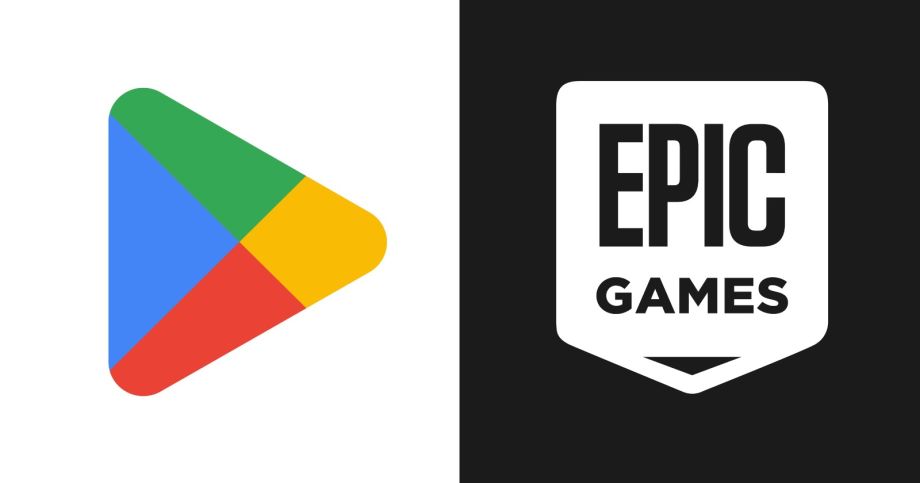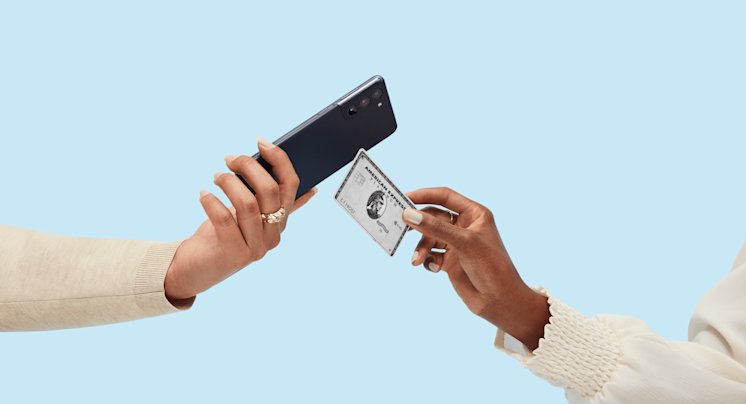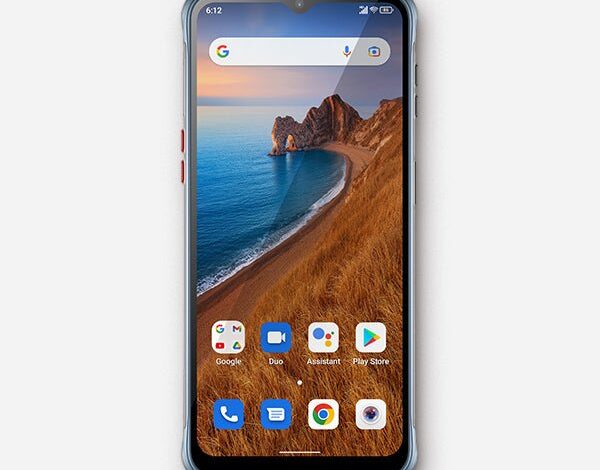
The Android App Economy is About to Change: A Deep Dive into Google Play’s New Billing Freedom
The digital marketplace, particularly the mobile app economy, has operated under a well-defined set of rules for over a decade. For developers on the Android platform, this meant a near-exclusive reliance on Google’s Play Billing system for all digital goods and services sold within their apps. This model, while streamlined, came with significant commission fees and strict rules. However, the ground is now shifting in a monumental way. A landmark legal decision has mandated a fundamental change, compelling Google to open its ecosystem to alternative payment systems. This isn’t just a minor policy tweak; it’s a paradigm shift that will reshape how developers monetize their creations and how users interact with their favorite apps on their Android phones. This pivotal piece of Android News signals the dawn of a new era, one filled with both unprecedented opportunity and new complexities for developers, consumers, and Google itself. In this comprehensive article, we will dissect this transformation, exploring the technical implications, strategic considerations, and the far-reaching impact on the entire Android ecosystem.
A Paradigm Shift: Unpacking the Mandates for Android App Monetization
The recent legal rulings represent the culmination of years of antitrust scrutiny and developer advocacy aimed at challenging the tightly controlled “walled garden” approach of major app stores. The core of the mandate forces Google to dismantle key aspects of its long-standing Play Store policies by a deadline of late 2025. Understanding these changes is the first step for anyone invested in the Android ecosystem.
The Three Pillars of Change
The court’s decision can be broken down into three primary mandates that collectively grant developers significant new freedoms:
- Integration of Third-Party Payment Systems: This is the most significant change. Developers will no longer be forced to use Google Play Billing exclusively for in-app purchases. They will have the right to integrate their own payment solutions or use services from established third-party processors like Stripe, PayPal, or Adyen directly within their apps. This allows them to process transactions for digital goods—such as game currency, premium features, or subscriptions—outside of Google’s infrastructure.
- Freedom in Pricing and Communication (Ending Anti-Steering): Previously, Google’s “anti-steering” policies prohibited developers from informing users within their app that they could purchase the same digital item for a lower price on the developer’s website. This restriction is now being lifted. Developers can openly communicate different pricing offers and direct users to alternative purchasing options, fostering direct price competition.
- Equal Footing for All Billing Systems: The change isn’t just about allowing alternatives but ensuring they can compete. Developers must be able to present these third-party payment options with a user experience comparable to that of Google Play Billing, preventing Google from creating artificial friction or dark patterns that would unfairly disadvantage competing systems.
The Context Behind the Upheaval
This transformation did not happen in a vacuum. It is the result of a protracted legal battle that questioned the legality of Google’s control over app distribution and monetization on Android. Developers, particularly larger ones, have long argued that the mandatory 15-30% commission on all transactions through Play Billing was an unfair “app tax” made possible by Google’s market dominance. While Google has maintained that these fees are necessary to fund the security, development, and distribution services of the Play Store and the Android platform, the courts ultimately sided with the argument for greater competition. This ruling sets a powerful precedent, signaling that the era of absolute platform control over app monetization is coming to an end.
Technical Breakdown: Navigating the New World of Alternative Billing

For developers, this new freedom introduces a host of technical and operational considerations. Moving away from the all-in-one solution of Google Play Billing means taking on responsibilities that were previously handled by Google. Success in this new landscape will depend on a thoughtful and robust implementation strategy.
The Developer’s New Implementation Stack
Integrating a third-party payment system is far more complex than simply adding a “Pay with Card” button. Developers must now build or integrate a complete commerce stack. This includes:
- Payment Gateway Integration: This involves working with APIs from payment processors. Developers will need to handle API keys, secure server-to-server communication, and process transaction responses (success, failure, fraud alerts).
- User Interface (UI) and User Experience (UX): A critical decision is how to present payment options. Will it be a “payment picker” screen allowing users to choose between Google Play and another method? Or will the developer default to their own system? The goal must be a seamless, trustworthy UX. Any friction, such as a clunky or suspicious-looking payment form, will lead to abandoned carts and lost revenue.
- Security and Compliance: With great power comes great responsibility. Developers handling payment information directly must ensure they are compliant with standards like the Payment Card Industry Data Security Standard (PCI DSS). This involves securing data transmission, encrypting sensitive information, and protecting against fraud—complex tasks that Google previously managed.
Common Pitfalls and Best Practices to Avoid Them
As developers venture into this new territory, several potential pitfalls await. Awareness and proactive planning are key to avoiding them.
- Pitfall: Underestimating Operational Overhead. The work doesn’t end after a successful transaction. Developers are now the first line of support for billing inquiries, refunds, subscription management, and disputes (chargebacks). This requires dedicated customer support infrastructure and processes.
- Best Practice: Partner with a payment processor that offers robust tools for subscription management and dispute resolution. Clearly outline your refund and support policies to users before they purchase.
- Pitfall: Creating a Fractured User Experience. A user who buys a subscription via Google Play and then tries to manage it through the developer’s new system will be confused and frustrated.
- Best Practice: Maintain a unified account system. The app should clearly show users how their purchase was made and direct them to the correct channel (Google Play settings or the developer’s website) for management. Provide clear in-app guidance and FAQs.
- Pitfall: Neglecting Global and Local Payment Methods. One of the potential advantages of this change is offering payment methods popular in specific regions that Google Play may not support. Ignoring this opportunity is a mistake.
- Best Practice: Choose a payment processor with a wide range of global and local payment options. Tailor the available payment methods based on the user’s location to increase conversion rates.
The Ripple Effect: Implications for the Entire Android Ecosystem
This ruling will send shockwaves far beyond developer circles, fundamentally altering the dynamics between all key players in the Android world. The implications will be felt by users of Android phones and Android gadgets, developers of all sizes, and Google itself.
For Android Developers: A Double-Edged Sword
On the surface, this is a massive win for developers. The potential to bypass Google’s commission and increase profit margins is a powerful incentive. It also allows for a direct financial relationship with customers, providing valuable data and control over pricing strategies, such as offering discounts for direct web purchases. However, this freedom is not without its costs. Developers must now weigh the potential margin increase against significant new expenses: payment processor fees (typically 2-3% + a fixed fee per transaction), development costs for integration, ongoing security and compliance burdens, and expanded customer support teams. Furthermore, it’s crucial to note that Google will likely still levy a service fee for apps distributed through its store, even if they use alternative billing. This fee, while lower than the full commission, means the cost savings may not be as dramatic as some hope.

For Consumers: The Promise of Choice and the Peril of Complexity
For the billions of users with Android devices, the most immediate potential benefit is lower prices. As developers save on commissions, they may pass those savings on to consumers, leading to cheaper in-app purchases and subscriptions. Users will also gain access to more payment options, including local digital wallets or direct bank transfers. However, this comes with trade-offs. The centralized trust, security, and simplicity of Google Play Billing will be fragmented. Users will need to be more vigilant about where they enter their payment information. Managing subscriptions could become more complicated, as they may be spread across Google’s system and various developer-specific portals. The unified, secure, and simple checkout process that users have come to expect will be replaced by a more varied, and potentially more confusing, landscape.
For Google: A Forced Evolution
For Google, this decision directly impacts a multi-billion dollar revenue stream from the Play Store. The company will have to adapt its business model, likely shifting focus to demonstrating the value of its billing service rather than mandating its use. Google will argue that its commission covers more than just payment processing; it funds the security scanning, developer tools, and global distribution infrastructure of the Play Store. The challenge for Google will be to make Play Billing a compelling choice based on its merits—superior security, convenience, and user trust—rather than a requirement. This could spur innovation within Google’s payment services as it is forced to compete on a more level playing field.
Strategic Recommendations: Navigating the New Landscape

The transition to a more open billing ecosystem requires careful strategic planning from both developers and users. Rushing in without a clear plan can lead to negative outcomes, while being overly cautious could mean missing out on significant opportunities.
A Strategic Checklist for Developers
- Conduct a Thorough Cost-Benefit Analysis: Before writing a single line of code, map out the real costs. Sum up the payment processor’s percentage and fixed fees, Google’s anticipated “platform fee,” the internal development and maintenance costs, and the budget for increased customer support. Compare this total to your current Google Play commission to determine the actual net savings. For many small developers, the simplicity of Google Play Billing may still be the most cost-effective option.
- Prioritize User Trust Above All: If you decide to offer an alternative, make trust your cornerstone. Use well-known, reputable payment providers. Be transparent with users about why you are offering another option and what security measures are in place. A poorly designed or untrustworthy payment flow will destroy user confidence and revenue.
- Start with A/B Testing: Don’t go all-in at once. Implement the new payment option for a small percentage of users first. Test everything: the UI of the payment choice screen, the pricing difference, and the conversion funnel. Use data to determine the optimal strategy before rolling it out to your entire user base.
Tips and Considerations for Android Users
- Practice Smart Security: When presented with a new payment option inside an app, pause and verify. Is it a well-known app from a reputable developer? Does the payment form look professional and secure (look for HTTPS, trusted logos)? Be wary of apps that pressure you into using an unfamiliar payment system.
- Understand the Support Channel: If you pay through a third-party system, your point of contact for any billing issue is the app developer, not Google. Understand this before you make a purchase, as response times and policies will vary.
- Track Your Subscriptions: Get into the habit of regularly checking your subscriptions. You will now need to check both your Google Play account and potentially individual account settings on developer websites to have a full picture of your recurring charges.
Conclusion: A New Chapter for Android
The mandate for Google to open the Play Store to third-party payment systems is undeniably one of the most significant developments in the history of the mobile app economy. It marks a decisive move away from the closed, commission-based model toward a more open, competitive, and complex marketplace. For developers, this ushers in an era of newfound freedom and financial opportunity, balanced by the heavy weight of new technical and operational responsibilities. For consumers, it promises greater choice and potentially lower prices, but requires a higher degree of vigilance and adaptability. As the 2025 deadline approaches, the entire industry will be watching closely. This evolution will test developers, challenge users, and force Google to redefine its role in the very ecosystem it created. The next chapter of Android is being written, and its theme is one of disruptive, and permanent, change.



